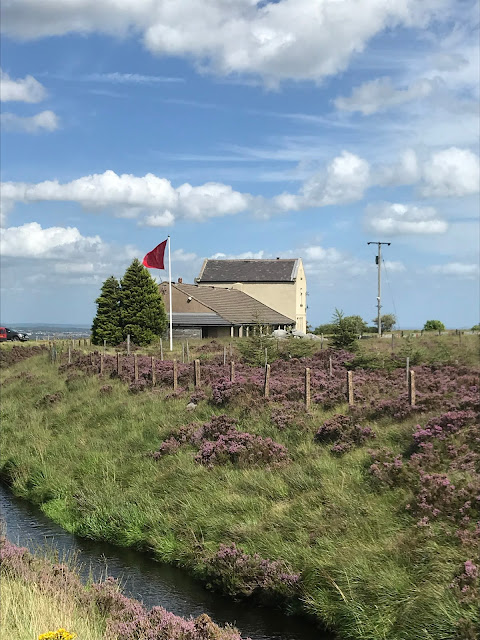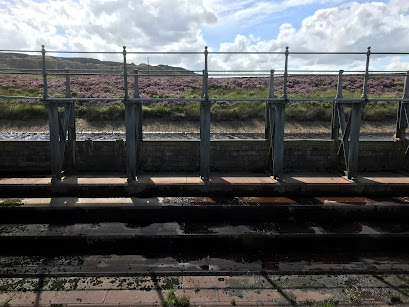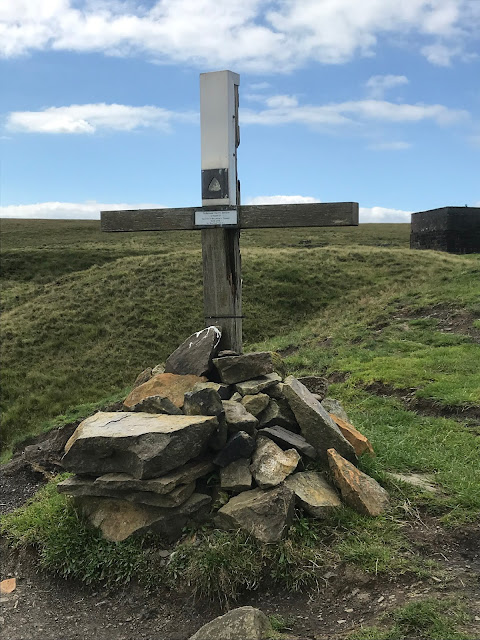Castleshaw Roman fort was a castellum in the Roman province of Britannia. Although there is no evidence to substantiate the claim, it has been suggested that Castleshaw Roman fort is the site of Rigodunum, a Brigantian settlement. The remains of the fort are located on Castle Hill on the eastern side of Castleshaw Valley at the foot of Standedge but overlooking the valley. The hill is on the edge of Castleshaw in Greater Manchester. The fort was constructed in c. AD 79, but fell out of use at some time during the 90s. It was replaced by a smaller fortlet, built in c. 105, around which a civilian settlement grew. It may have served as a logistical and administrative centre, although it was abandoned in the 120s.
The site has been the subject of antiquarian and archaeological investigation since the 18th century, but the civilian settlement lay undiscovered until the 1990s. The fort, fortlet, and civilian settlement are all protected as a Scheduled Ancient Monument, recognising its importance as a "nationally important" archaeological site or historic building, and protecting it against unauthorised change
what it proberly looked like
no idea
dug up yrs ago
on surveyance
Part of moat
Worth a visit about 15 min walk from car park
we did it on Fathers day as a quick recky
The fort at Castleshaw, constructed from turf and timber, was built around 79 and guarded the York to Chester Roman road. Due to the site's protected status as a Scheduled Ancient Monument it has not been possible to excavate the fort, however previous trenches have demonstrated that the fort had two Phases to its construction.The location of the fort's granary, stables, the principia (headquarters), the (commander's tent), and six long narrow buildings which are possibly workshops or storerooms are all known.The fort was small, would probably have been home to around 500 soldiers of an auxiliary cohort, and fell out of use during the mid AD 90s.Rather than allow the defences to fall into potentially hostile hands or be used against Rome, the fort was slighted.
The fort was replaced by a fortlet, also built using turf and timber, in AD 105. Although the fortlet was built on the same site as the fort, it did not use the same foundation trenches.There were two construction phases of the fortlet, the second – dating to c. 120 – featured gates, an oven, a well, a granary, a workshop, barracks, a commanders house, a courtyard building, and possibly a latrine. The barracks were built to accommodate 48 soldiers and even with administrative staff and officers, the garrison of the fortlet would have numbered less than 100. The first phase was laid out along the same lines as the second phase.The fortlet defences – as with most other fortlets – were designed to withstand attacks from brigands or hold off an enemy until reinforcements from the main army could arrive rather than withstand a determined attack.A civilian settlement or vicus grew around the fortlet in the early 2nd century. It probably would have been home to those who benefited from trade with the garrison or hangers on of the soldiers. Since it is unlikely that a garrison of under 100 could have supported a vicus, it has been suggested that the fortlet was a commissary fortlet, one which was the administrative and logistical centre of part of the Roman army. With soldiers regularly arriving to collect pay and orders, a vicus could have been supported. The fortlet fell out of use in the mid 120s. The fort and fortlet of Castleshaw were superseded by the neighbouring forts at Manchester and Slack.The vicus was abandoned around the same time as the fortlet fell out of use


















































